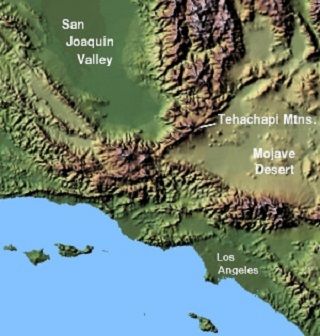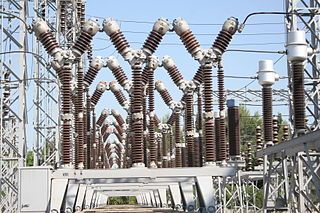Advanced Rail Energy Storage – Demo and Barbecue



Here’s an article on the subject, and a discussion of the World Bank’s attempts to deal with the issue that about 1.2 billion people still lack access to electricity, and 2.8 billion have to rely on wood or other biomass. (more…)

Could such a story have any possible relevance to renewable energy? Well, if I could be permitted to make a stretch, I would comment on the demographics. Based on my observations and numerous discussions, I don’t know where you’d have to go to find a larger percentage of people who view themselves and their fellows as citizens of the world, and recognize our duty to behave thoughtfully with respect to one another and our environment.

• It treats as separate items things like “hydro” and “biomass” (sources of energy) with “heat” and “power” (uses of energy), but then adds them together. That’s like adding up “apples” and “fruit” – it’s double-counting apples, or adding apples and motorcycles and getting something meaningless.
• It combines geothermal, biomass, wind, and solar. I would think the point would be to break these out.
• Most of what it refers to as “biomass” is essentially deforestation – chopping down trees and burning them for fuel in the developing countries of Africa. Technically, this is renewable energy, but that misses the point; energy from this source is far more damaging to the planet than coal. If you don’t care about that, there is no reason to care about renewable energy in the first place.
Here’s an open invitation: Anyone working on an infographic in this space can get my two-cents’ worth on the basic concepts in advance, absolutely free.


Explicit here are the costs that government imposes to deal with the so-called “externalities” of the use of fossil fuel, e.g., the damage to human health and the natural environment, both of which are still largely ignored. But I predict that this will not remain the case forever, as the world’s people continue to catch onto the enormous harm associated with our current recklessness and gross negligence in terms of protecting our planet and the life forms on it.

Ha! Interesting questions. Personally, I would be surprised if some form of “Big Brother” is not monitoring my emails. (more…)

It’s been interesting reading your blogs. I’ll say I’m for the environment and have taken some renewable energy classes to complement my technical background. Will probably even install solar on mine and a friend’s house. However, I get the feeling things might go to an extreme with many of the updated regulations coming out lately. The carbon tax is expected by some to totally shut down the coal power industry overnight. I think this could reduce baseload supply by a large enough percentage that there would be a large power deficit when demand is up. (more…)

Solar Panels are a Long-Term Investment
Today’s solar panels are significantly more effective than those made during the 2000s and 1990s. Expect those manufactured in the future to generate even more energy. (more…)
